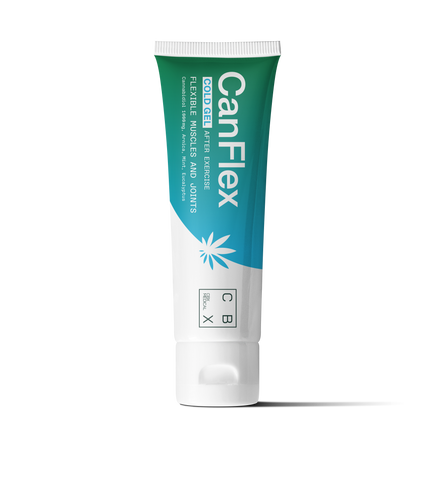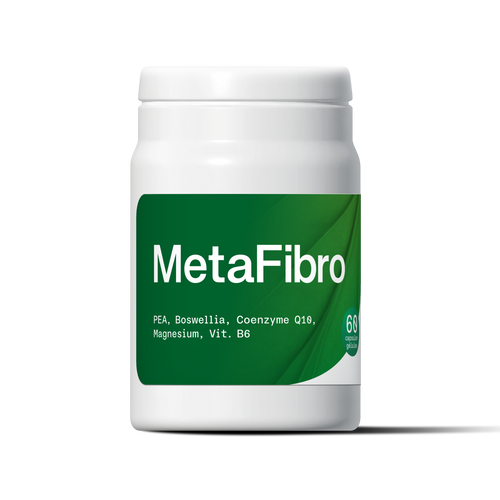Hemp is a plant with multiple uses. It is considered a superplant because it is capable of meeting the four basic needs of humans: food, shelter, clothing and health care. The cannabidiol contained in the hemp plant is used in alternative medicine to relieve various ailments. It is also gaining interest in the cosmetic industry because of its benefits for the skin. Hemp is also used in the industrial sector for textile uses, or in the field of eco-construction for the manufacture of sustainable materials. Seeds, fibers, stem... Nothing is lost in this plant. To benefit from its benefits, it would be interesting to know the hemp plant structure.
The hemp plant: general structure
Hemp is a variety of herbaceous plants of the Cannabis sativa L species, belonging to the Cannabaceae family. It is also called industrial, textile or agricultural hemp. It contains molecules called cannabinoids, the best known of which are cannabidiol (CBD) and tetrahydrocannibol (THC). The first gives the plant certain virtues while the second provides a psychotropic effect.
The term “hemp” particularly refers to the industrial plant whose THC level is less than 0.2%.
A hemp plant is made up of several parts, each of which has a specific function. It consists of a root, a stem, leaves and flowers which contain terpenes and cannabinoids.
Please note that hemp is dioecious, meaning that the male and female flowers are borne on different plants.
The hemp stalk
The stem guarantees the stability of the hemp. It provides the structure it needs to support its weight as it grows.
The stem contains the hemp vascular system with its two conduits: the xylem and the phloem. Thus, it plays an essential role in the distribution of nutrients in the different parts of the plant. If the xylem is responsible for transporting nutrients and water from the roots to the leaves, the phloem is responsible for transferring sugars and starches produced by photosynthesis from the leaves to the root system.
The hemp stem is made up of fibers on the periphery which are used to make textiles, paper, ropes and even construction materials. Its central part, called hemp, is often used as a construction and insulation material.
Hempseed
Hempseed is the seed of hemp. It is an ovoid-shaped seed, gray-brownish in color, measuring 3 to 5 mm in length.
Nourishing, hemp seeds can be eaten raw. It constitutes an abundant source of proteins, essential fatty acids (omega-3, omega-6, omega-9), vitamins E, C, F and B, as well as minerals (calcium, potassium, magnesium, phosphorus, zinc...). Which makes it a good food supplement.
Hempseed is often transformed into oil for human consumption or for the composition of skin care products.
Leaves
Hemp leaves have a webbed shape and have 3 to 13 serrated leaflets. They grow in pairs along the stem and branches. Their appearance is often confused with marijuana leaves, with the only difference being that hemp leaves are long and thin.
Hemp leaves have the function of absorbing natural light and transforming it into glucose via photosynthesis. They thus provide the plant with the energy it needs to grow.
Hemp leaves contain active ingredients like cannabinoids, flavonoids and terpenes. Thus, they are used in the preparation of certain therapeutic products, cosmetics and food supplements.
Flowers
As with most plants, hemp produces beautiful flowers. These are generally located in the highest part of the plant. Some heads also grow lengthwise, but they are smaller than the main head.
A hemp flower has three parts: the calyx, the pistil and the trichome.
The calyx appears as a tiny tear hidden between the small resinous leaves of the hemp plant. Its main function is to protect the reproductive organs of the plant and thus ensure its stability. The calyx is the part of hemp richest in resin and cannabinoids.
Chalices emerge from the pistils which are considered to be the female sexual organs of the plant. Made up of the ovary, the stigma and the styles, their primary mission is to capture pollen from male plants and carry out germination. Initially milky white in color, they change to a brown color as the hemp flower continues to mature. Their colors are key indicators of whether the flowers are ready to be harvested.
Easy to recognize, trichomes appear as small translucent glands. They play a defense role by producing a sticky resin and a strong odor which helps repel harmful insects. They would also protect the flowers against heat, wind and ultraviolet rays. Furthermore, trichomes are the producers of cannabinoids. Their appearance helps determine whether the plant is ready for harvest. Although the trichomes are initially small and transparent, they become milky and then foggy when ripe.
Roots
The hemp root system is very developed. This is composed of a main root which can reach 2 meters deep and secondary roots which emerge from the main root. The hemp root system has three functions:
- keep the plant in the ground,
- provide hemp with the water and nutrients it needs,
- store sugars and starches produced during photosynthesis.
Hemp roots have some negligible traces of cannabinoids and terpenes. But a study carried out in 1971 demonstrated the presence of friedelin and epifriedelanol. These chemical compounds give the roots anti-inflammatory, anti-microbial and analgesic properties.
How to extract hemp and fiber?
In order to valorize hemp fibers , several operations are necessary. But first of all, it will be necessary to separate the fibers and the hemp using a two-step process: retting and mechanical separation of the straw.
Retting
The aim of this step is to facilitate the detachment of the fibers which are located on the periphery of the stem, and from the central part, the hemp. Retting consists of leaving the stems at the harvest site and on the ground for a few days after mowing. The alternation of sunshine and rain as well as the activity of micro-organisms cause the degradation of the pectins and hemicelluloses in which the bundles of fibers are embedded. After retting, the fibers are naturally protein-free. They then become rot-proof.
Mechanical separation of hemp straw
When the fibers reach a humidity level suitable for defibration, they are packaged into cylindrical bales and will be stored in a ventilated shed. Each bale of straw is transported in front of a horizontal blade which cuts it into strands 30 to 50 cm long. It is then fed into a loader to remove rocks, metals and other unwanted objects. Afterwards, it enters a crusher which breaks up the straw before passing through shakers and separators which will separate the fibers and the chub.
How to extract the oil and cannabinoids?
Extraction of hemp oil
Hemp oil is extracted from hemp seeds. These are pressed using a device intended for this purpose. In principle, the seeds are cold pressed using hydraulic pressure which gently crushes them. The oil then passes through a conduit which separates it from the fibers and waste.
Note that cold pressing has the advantage of preserving the nutritional profile of hemp seeds. Excessive heat could degrade healthy fats to the detriment of the final quality of the product.
Extraction of cannabinoids
Cannabidiol (CBD), the virtuous cannabinoid of hemp, can be extracted from its plant using three industrial extraction methods.
The most widespread and best scientifically controlled is CO2 extraction. This method has the advantage of preserving the different cannabinoid molecules by controlling the temperature level throughout the process. However, it requires state-of-the-art equipment and certain specific skills.
The oil extraction method then seems simpler and faster. It is a natural technique which consists of heating hemp oil and filtering it to extract cannabidiol. However, since it is a hot extraction, the quality of the cannabinoids may be altered.
Finally, chemical solvent extraction appears to be a relatively simple method for extracting cannabinoids. Hemps are soaked in a solvent like ethanol, isopropyl alcohol, or hydrocarbons like propane, butane, or hexane. Cannabidiol is chemically extracted by heating the liquid which will evaporate leaving only the cannabinoids. This extraction method is inexpensive. However, it has major drawbacks. On the one hand, it requires great caution in handling to avoid the risk of explosion. On the other hand, some beneficial compounds in the plant are deteriorated. Especially since the product obtained is far from pure. Chemical residues harmful to health may become embedded in the final product.




